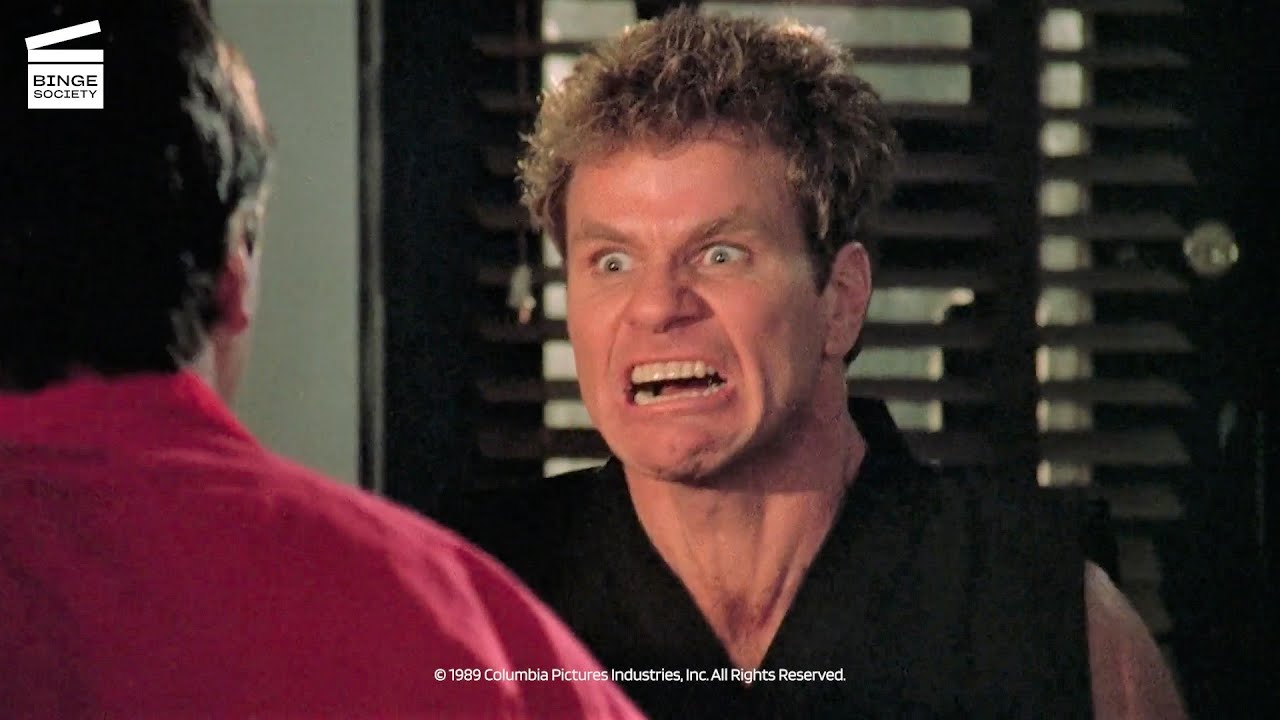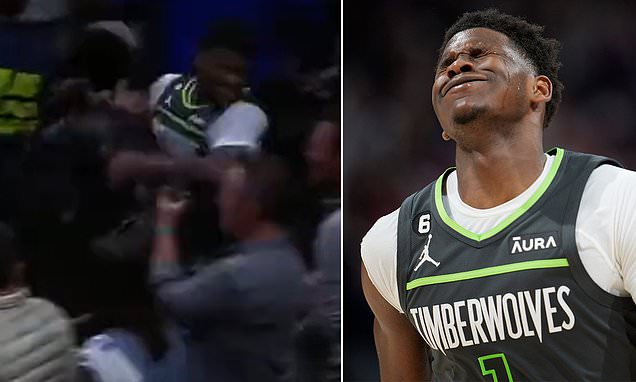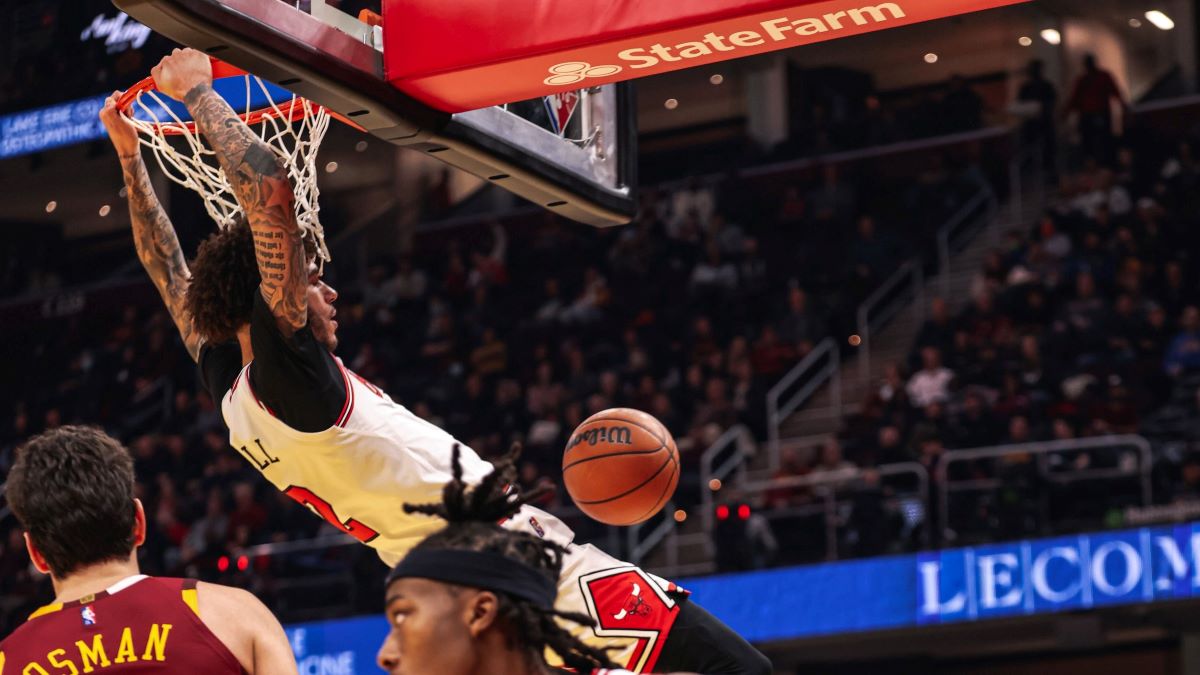The Karate Kid Part III: A Retrospective Review

Table of Contents
The Legacy of Mr. Miyagi and Daniel's Continued Journey
The Karate Kid Part III sees the continuation of Daniel LaRusso's journey, and the evolution of his relationship with Mr. Miyagi. Ralph Macchio and Pat Morita reprise their iconic roles, delivering nuanced performances that resonate with the emotional depth of their characters. Mr. Miyagi's mentorship remains central to the narrative, emphasizing themes of perseverance and self-discovery.
- Mr. Miyagi's evolving role: While still a powerful figure, Mr. Miyagi is portrayed in a more vulnerable light, showcasing the emotional toll of his experiences. This adds complexity to his character, moving beyond the simply wise mentor trope.
- Daniel's internal conflict: Daniel grapples with the emotional scars of previous battles, struggling with his self-doubt and the pressure to succeed, making him a more relatable and human protagonist.
- The enduring power of mentorship: The film powerfully illustrates the lasting impact of a positive mentor figure, reinforcing the idea that guidance and support are crucial for overcoming adversity. The bond between Daniel and Mr. Miyagi transcends karate lessons and explores profound themes of trust, loyalty, and resilience.
These aspects of the film contribute to its deeper emotional resonance, making it more than just a martial arts movie. The legacy of Mr. Miyagi and Daniel LaRusso is intricately woven into the fabric of Karate Kid 3, strengthening the emotional core of the narrative.
Terry Silver: A Compelling Antagonist and His Motivations
Thomas Ian Griffith’s portrayal of Terry Silver elevates Karate Kid Part III beyond a simple good versus evil story. While initially appearing as a ruthless villain, a closer look reveals layers of complexity within Silver’s character.
- Silver's backstory: The film hints at a troubled past that motivates his actions, adding a layer of understanding, even if it doesn't excuse his behavior. This nuance makes him a more compelling and memorable antagonist than some might initially perceive.
- Silver as a foil: He serves as a perfect foil to both Mr. Miyagi's peaceful philosophy and Daniel's unwavering moral compass. His manipulative tactics and aggressive approach highlight the contrast between honor and dishonor in the martial arts world.
- Exploration of dark themes: Silver's character effectively explores themes of revenge, manipulation, and the corrupting influence of unchecked power, adding thematic depth to the film. This dark undercurrent makes the conflict more engaging.
The effectiveness of Silver as an antagonist significantly enhances the narrative's tension and dramatic impact. His presence makes Karate Kid Part III a more sophisticated and compelling film than many critics initially acknowledged.
Exploring the Film's Thematic Elements and Storytelling
The Karate Kid Part III delves into themes familiar to the franchise while also expanding on them.
- Overcoming adversity: Daniel confronts challenges not only on the karate mat but also within himself, showcasing his growth and resilience.
- The importance of self-belief: Despite setbacks, Daniel's unwavering belief in himself and his abilities ultimately leads to his victory, offering an inspiring message to viewers.
- The enduring power of mentorship: The film solidifies the importance of guidance and support, emphasizing the profound impact a mentor can have on a young person's life.
- Storytelling and pacing: Some critics point to pacing issues; however, the slower moments allow for character development and emotional resonance. The film prioritizes emotional impact over purely action-driven storytelling.
Though the plot may not be as tightly paced as its predecessors, Karate Kid Part III’s thematic depth and character development provide a satisfying conclusion to the original trilogy’s arc, exploring mature themes rarely tackled in similar films at that time.
The Film's Place in the Franchise and Its Lasting Impact
The Karate Kid Part III serves as a crucial chapter in the overall narrative, providing closure to Daniel's journey and solidifying the lasting legacy of Mr. Miyagi.
- Critical reception evolution: While initially receiving mixed reviews, its reputation has improved over time, with many recognizing its thematic depth and character development. Retrospective analyses often praise its exploration of darker themes and character arcs.
- Influence on the genre: Its exploration of themes like revenge and manipulation continues to resonate within the martial arts genre. Its portrayal of a complex antagonist has inspired subsequent films and characters.
- Cultural impact: It is a significant part of the cultural legacy of the Karate Kid franchise and has helped to solidify its lasting appeal among audiences.
Karate Kid Part III, despite some criticisms, holds a significant place in the Karate Kid franchise and the wider cinematic landscape. Its themes and character development offer a deeper exploration of the human experience, adding to its enduring appeal.
Conclusion: A Fresh Perspective on The Karate Kid Part III
This Karate Kid Part III review has highlighted both the strengths and weaknesses of the film. While its pacing might differ from the earlier installments, its nuanced character development, exploration of complex themes, and the powerful performances of Ralph Macchio and Pat Morita elevate it beyond a simple sequel. It provides a compelling conclusion to Daniel's original trilogy arc, showcasing his growth and the enduring power of mentorship. We encourage you to revisit The Karate Kid Part III with a fresh perspective, considering the points raised in this article. Re-watch it, analyze its themes, and share your thoughts in the comments below! Join the discussion and let's re-evaluate Karate Kid Part III together.

Featured Posts
-
 Nba Sanctions Anthony Edwards With 50 000 Fine
May 07, 2025
Nba Sanctions Anthony Edwards With 50 000 Fine
May 07, 2025 -
 Rihannas Parisian Fenty Beauty Glam A Sweet Fan Moment
May 07, 2025
Rihannas Parisian Fenty Beauty Glam A Sweet Fan Moment
May 07, 2025 -
 Lewis Capaldi Back After Two Year Absence Details Inside
May 07, 2025
Lewis Capaldi Back After Two Year Absence Details Inside
May 07, 2025 -
 At And T Raises Alarm Over Extreme V Mware Price Hike Under Broadcom
May 07, 2025
At And T Raises Alarm Over Extreme V Mware Price Hike Under Broadcom
May 07, 2025 -
 Bulls Fall To Cavaliers Yielding Easts Top Spot
May 07, 2025
Bulls Fall To Cavaliers Yielding Easts Top Spot
May 07, 2025
Latest Posts
-
 Can The Thunder Overcome Memphis Key Matchup Analysis
May 08, 2025
Can The Thunder Overcome Memphis Key Matchup Analysis
May 08, 2025 -
 Dissecting The Thunder Bulls Offseason Trade A Critical Analysis
May 08, 2025
Dissecting The Thunder Bulls Offseason Trade A Critical Analysis
May 08, 2025 -
 Thunders Tough Road Ahead Previewing The Memphis Game
May 08, 2025
Thunders Tough Road Ahead Previewing The Memphis Game
May 08, 2025 -
 The Long Walk Trailer Analysis And What To Expect From The Film Adaptation
May 08, 2025
The Long Walk Trailer Analysis And What To Expect From The Film Adaptation
May 08, 2025 -
 Oklahoma City Thunder Vs Memphis Grizzlies A Crucial Matchup
May 08, 2025
Oklahoma City Thunder Vs Memphis Grizzlies A Crucial Matchup
May 08, 2025
